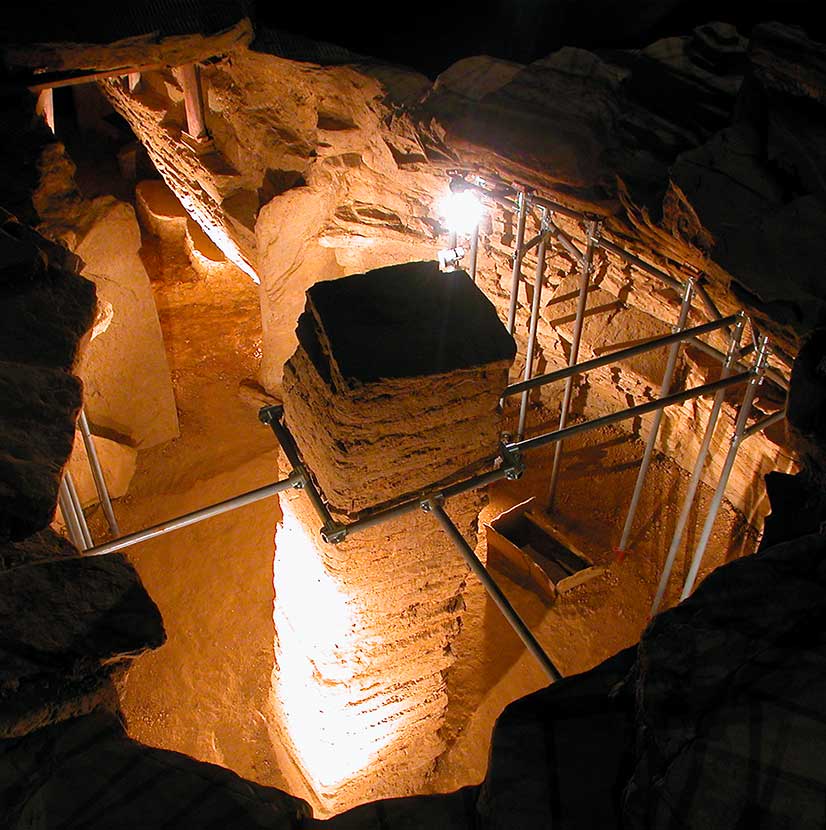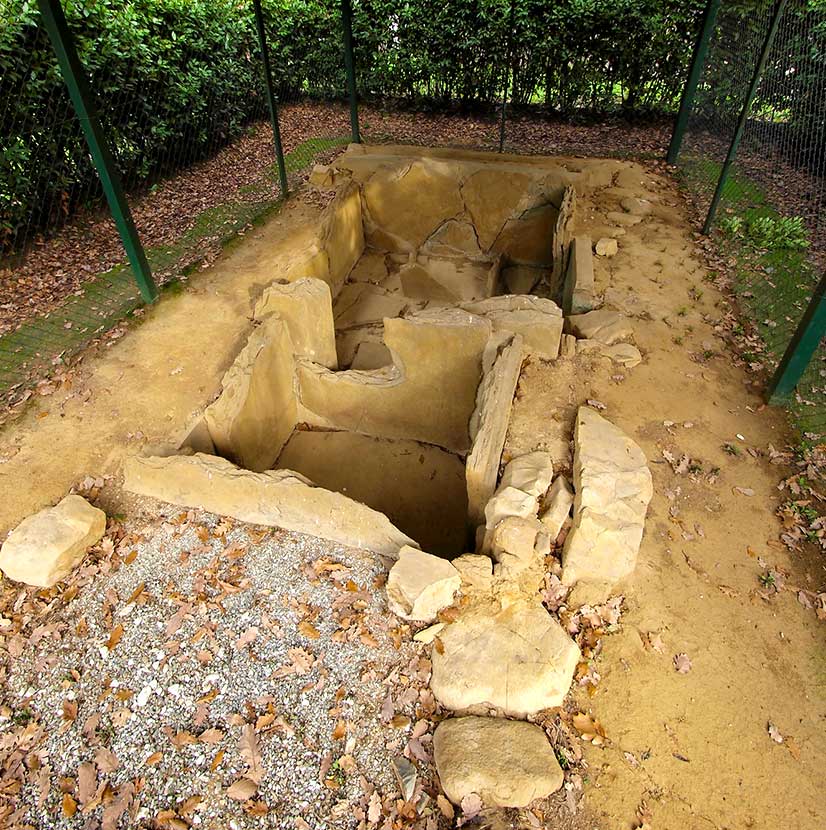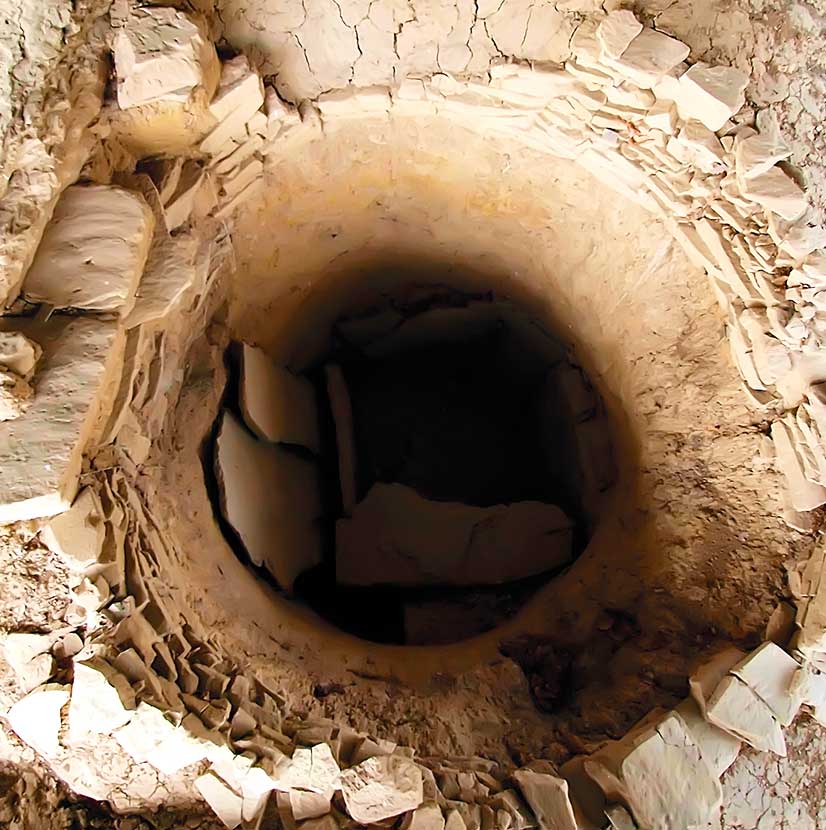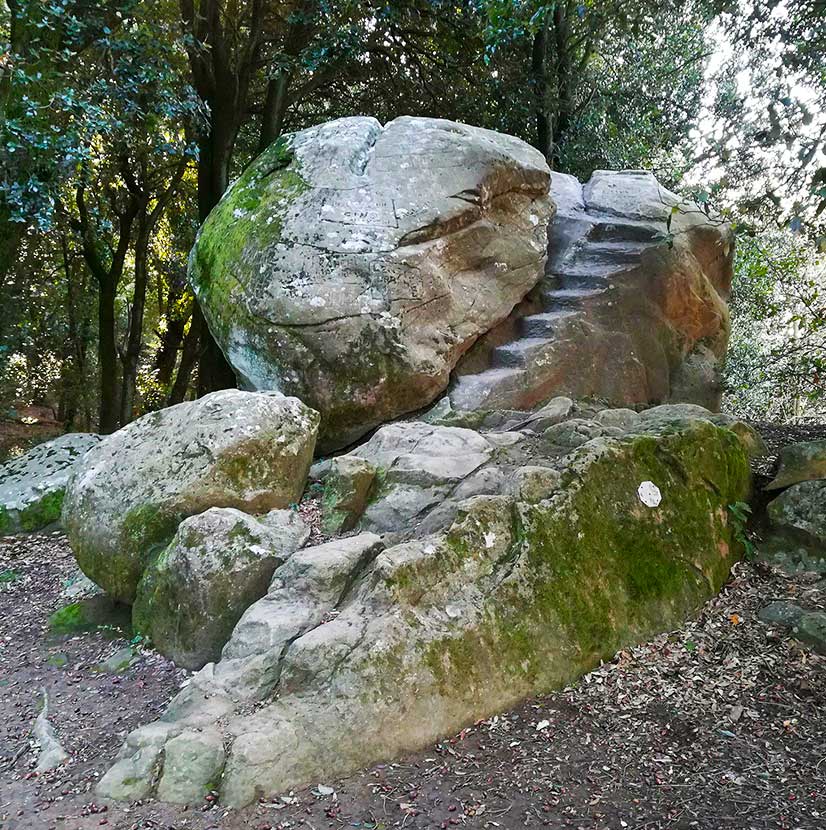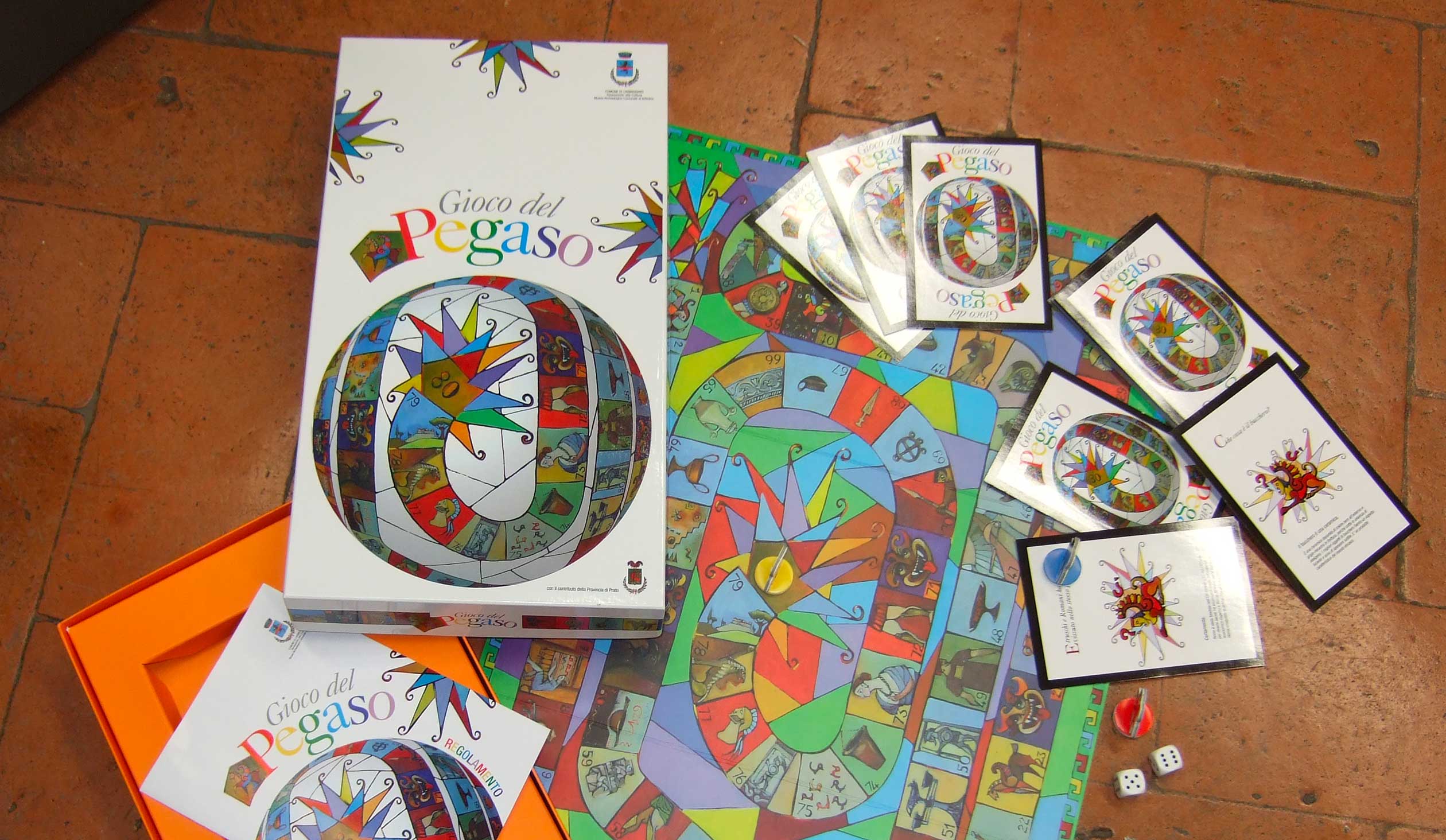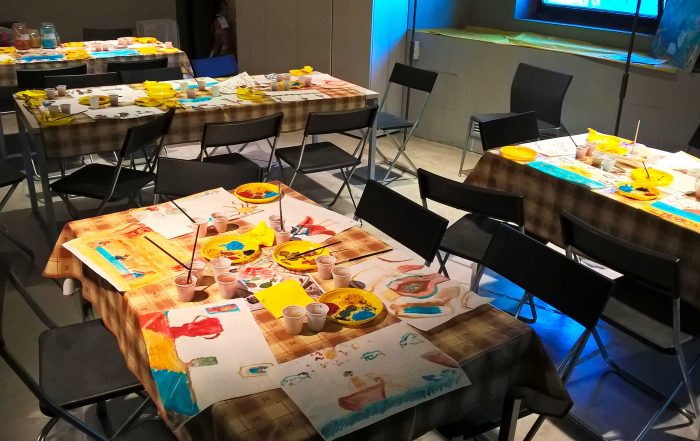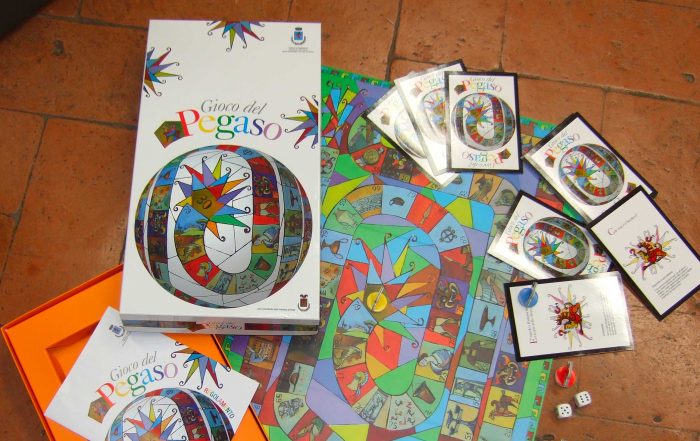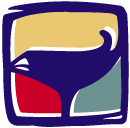SMEC — Sistema Museale Etrusco Carmignanese
Archaeological
Park
of Carmignano
MiBACT
Comune di Carmignano
THE MUSEUM AND THE ARCHAEOLOGICAL SITES
Archaeological Museum “Francesco Nicosia”
The Archaeological Museum of Artimino is the heart of a territory that is rich in splendid Etruscan artifacts. It houses an extraordinary collection of burial objects from the orientalizing period that have been found in the necropolis of Prato Rosello and the tumulus at Montefortini at Comeana. Just to name a few of the most important pieces there is a wonderful turquoise vase, ivory figures and tablets, esquisite bucchero pieces, as well as many artifacts that come from the Etruscan settlements in Artimino and Pietramarina. The museum and the archaeological sites are immersed in one of the most beautiful landscapes you can find in Tuscany, close to cities like Firenze, Pisa, Siena and Lucca.
All in all
Archaeological Areas
Splendid architecture, that have been uncovered from the middle of the Nineteen Sixties to today by the Soprintendenza per i Beni Archeologici della Toscana, have revealed an extraordinary cultural and economic flowering of the Etruscan city Artimino and the surrounding area during the “Orientalizing” period of the Etruscan civilization (VII century B.C.) and its place on a circuit of exchanges that covered a vast range.
The primary testimonies of the Monutmental Necroplolis of Comeana are made up of aristocratic tumuli with the grandiose Tumulus di Montefortini that is not very far from the Boschetti Tomb, the necropoli di Artimino Prato Rosello, as well as the remains of a living settlement at Artimino and the Etruscan settlement in the naturalistic archaeological area of Pietramarina.
Archaeological Areas
Splendid architecture, that have been uncovered from the middle of the Nineteen Sixties to today by the Soprintendenza per i Beni Archeologici della Toscana, have revealed an extraordinary cultural and economic flowering of the Etruscan city Artimino and the surrounding area during the “Orientalizing” period of the Etruscan civilization (VII century B.C.) and its place on a circuit of exchanges that covered a vast range.
The primary testimonies of the Monutmental Necroplolis of Comeana are made up of aristocratic tumuli with the grandiose Tumulus di Montefortini that is not very far from the Boschetti Tomb, the necropoli di Artimino Prato Rosello, as well as the remains of a living settlement at Artimino and the Etruscan settlement in the naturalistic archaeological area of Pietramarina.
“Un viatore antico poteva giungere al sito dell’odierna Comeana, intorno alla metà del VII secolo a.C., superando l’ampia pianura ricca di acque che separa le propaggini della dorsale appenninica e del Monte Giovi dalla catena del Montalbano, sia venendo da Nord-Est (area attualmente occupata da Fiesole, Quinto, Sesto Fiorentino, Settimello e Calenzano), sia venendo da Nord e dal corso del Bisenzio (area di Prato e Montemurlo), sia infine venendo da Ovest-Nord Ovest, seguendo un itinerario segnato dal corso dell’Ombrone ai piedi del Montalbano.
Il passaggio più agevole verso la costa tirrenica e i “commerci” oltremarini era qui costituito dal superamento attraverso la zona dell’attuale Comeana ed il non proibitivo valico di Artimino, dall’ultima propaggine del Montalbano, evitando la traversata non scevra di pericoli dell’Ombrone e ritrovando, oltre la confluenza di questo nell’Arno, l’itinerario segnato dal corso del grande fiume”.
Francesco Nicosia
Sign up for our Newsletter
Please register to have regular updates, in Italian, on our activities.
We send at most five mails a month.
In the spotlight
Discover our educational offer and the news from the museum and the territory that you cannot miss!
The game of the Pegasus
Made specifically for young visitors to the Archaeological Museum, the “Game of the Pegasus” allows you to explore the world of the Etruscans and in particular the testimonies of the Artiminese territory with a playful and interactive approach.
Educational activities
The Museum offers educational visits, workshops and itineraries designed for schools, groups and families every years to facilitate the encounter with the world of ancient Etruria.
In the spotlight
Discover our educational offer and the news from the museum and the territory that you cannot miss!





